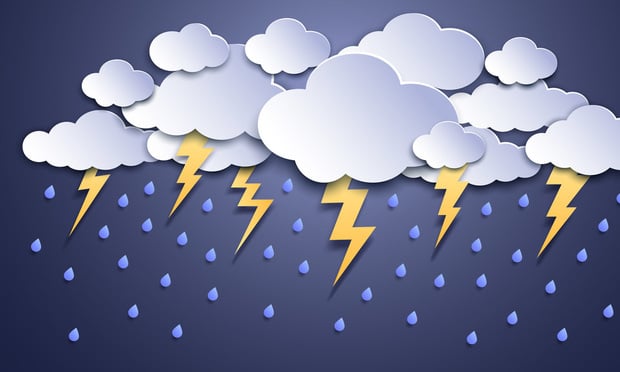What is Asbestos?
Asbestos is a mineral fiber that occurs naturally in rock and soil. It is a strong and fireproof silicate-mineral fiber that can become brittle ('friable') with age and, as a result, pollutes air and water. Extremely fine particles can become airborne and pose a threat to human health and safety. Serious illnesses such as 'asbestosis' and mesothelioma are examples of the types of illnesses caused by this known carcinogen. Asbestos is found in many building materials, such as acoustic ceiling tiles, insulation, patching compounds, roofing shingles, texture paints, glues, mastics, and vinyl flooring.
How Can People Become Exposed?
When asbestos containing building materials (ACM) become friable by disturbance or damage, asbestos fibers can be released in the air which can then be inhaled by construction workers or building occupants. The majority of exposure during occurs in buildings where renovations or demolition activities disturb ACM. Because of this, and the fact that certain asbestos products are still being manufactured to this day, an Asbestos Survey is commonly required prior to any building renovation or demolition. Performing an asbestos survey ensures that if asbestos is present it will not be released into the environment, where it can be cause for concern. An asbestos survey is essential measure for any commercial real estate transactions or financing.
What is the Significant New Use Rule (SNUR)?
In June 2018, the EPA proposed the Significant New Use Rule (SNUR) for asbestos as defined under the Asbestos Hazard Emergency Response Act. The new rule would require importers and manufactures to receive EPA approval before starting or resuming importing, processing, or starting and resuming manufacturing asbestos. The intended purpose of the SNUR is to provide the EPA with a review process to evaluate the intended use of asbestos, which would intern give them the ability to limit or prohibit the use.
Currently, new uses of asbestos are banned as part of a greater effort to phase out asbestos. This new rule would change that. It is worth noting that all currently banned uses of asbestos would remain banned. Nearly 60 countries have completely banned the use of all asbestos, however the US isn't one of them.
Although the EPA claims that the SNUR will be strengthening asbestos regulations, many critics believe this rule could increase the amount of building materials that contain asbestos being installed in buildings in the future. The EPA also released new framework on how it evaluates chemical risk. Not included in the evaluation process are the potential effects of exposure to chemicals in the air, ground or water. Legacy uses, associated disposals, and legacy disposals will also be excluded. That means the federal government will no longer study exposure to asbestos from, insulation, fireproofing and flooring already in people's homes, cars, workplace, and schools. Asbestos will be one of the first 10 chemicals evaluated.
What Could This Mean For Building Owners?
As new building materials containing asbestos could be introduced, the cost of asbestos management services may increase. More asbestos means more abatement and more abatement means higher abatement and oversight costs. Building owners should be particularly aware of the materials that are being brought in for new construction. Construction Risk Management is recommended during construction projects to oversee what materials (and what they're made of) are being installed in their building(s). Vigilant management and inspection of new building materials may prove to be the key to avoiding an increase in asbestos management, abatement, and monitoring costs.
© 2025 ALM Global, LLC, All Rights Reserved. Request academic re-use from www.copyright.com. All other uses, submit a request to [email protected]. For more information visit Asset & Logo Licensing.









